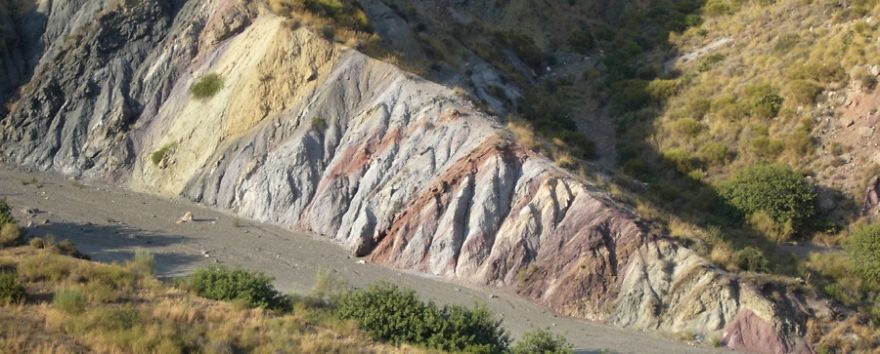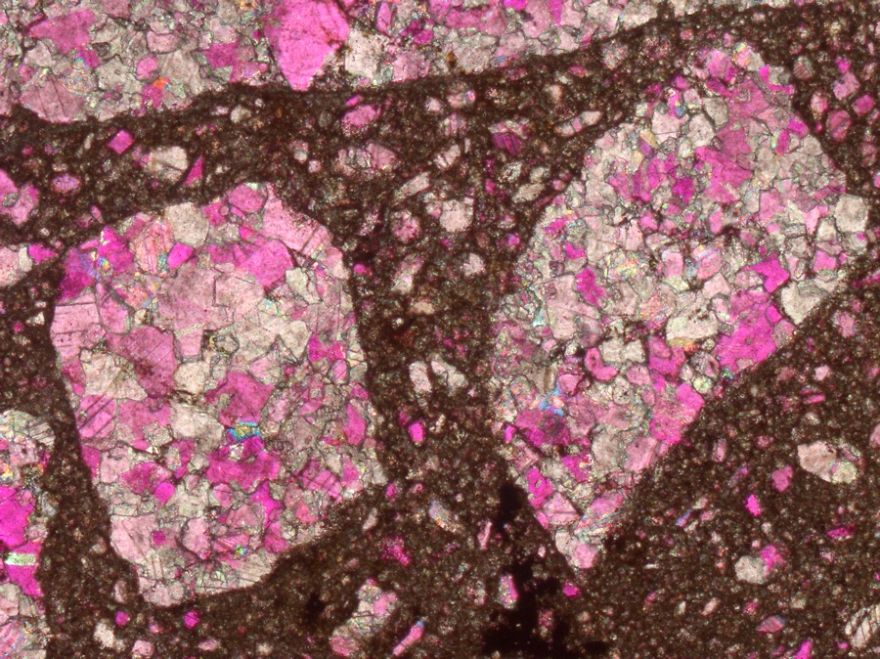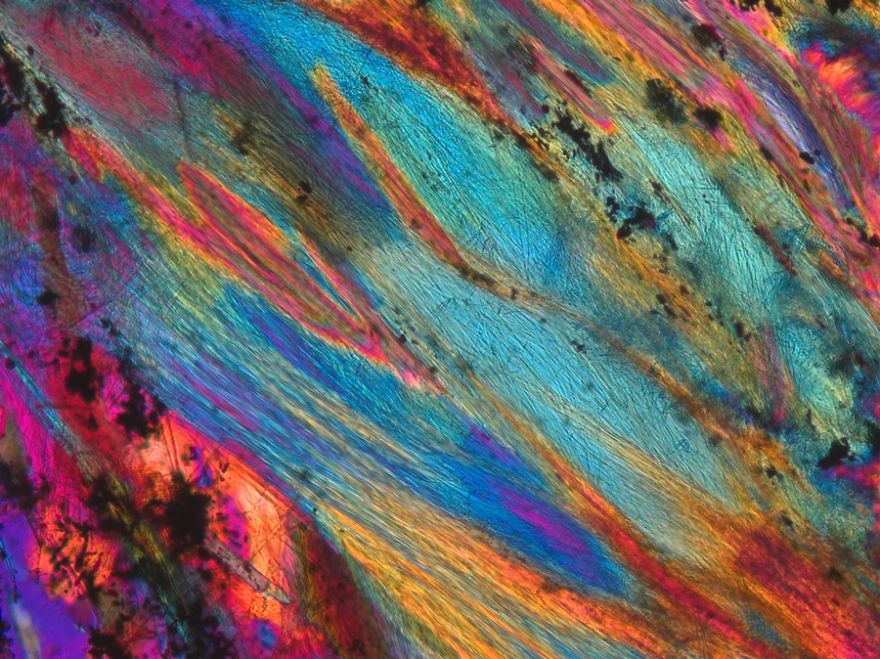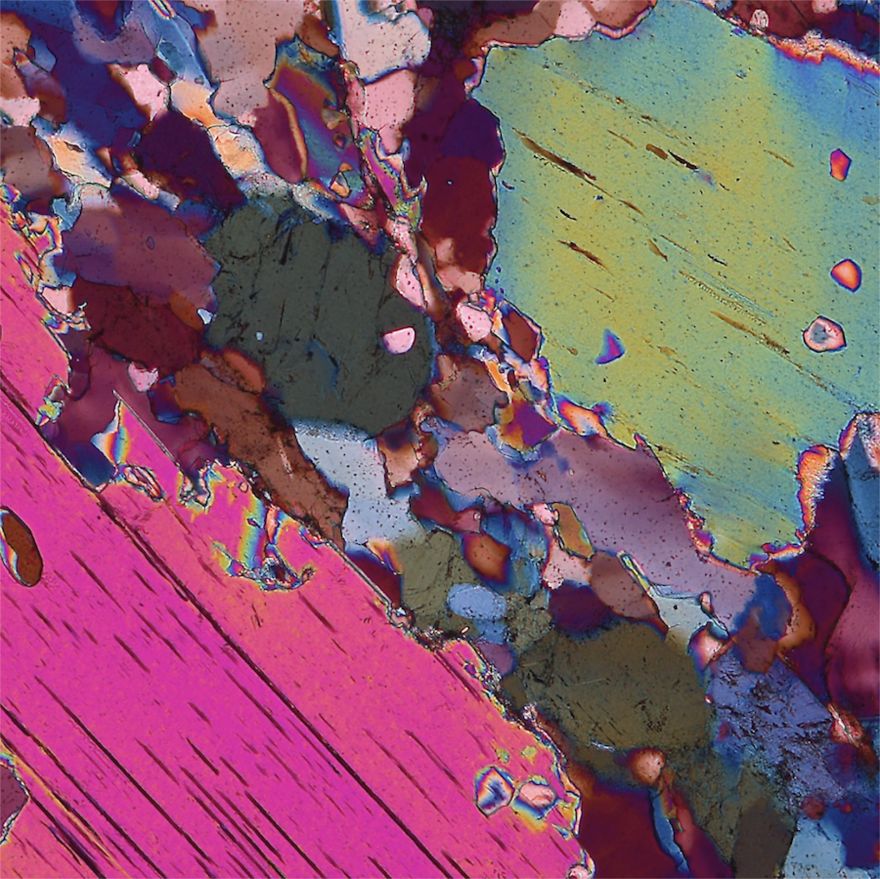
On The Beach: My Microscopic Journey In Southern Spain
This is a reportage on the pebbles of the beach of Carboneras (Andalusia, Spain) where I spent a fantastic summer vacation with my family.
This area is geologically fascinating and quite complicated, and I have been studying the rocks occurring nearby for almost two decades. But for pure fun I decided to collect some of the pebbles of the beach and see how they would look like under the polarizing microscope, as I already did with a gem called Ocean Jasper.
The whole family took part in the collection of stones, and here are some of them. Each one tells an interesting geological tale, and I’ll give you some very brief hints.
Micro-images are transmitted, polarized light photomicrographs of 30-micron-thick rock slices (geological “thin sections”), with width of view ranging from 1 to 5 mm. Technique: photomicrograph under polarized light, crossed polars plus red tint plate.
More info: microckscopica.org
Glomerocryst
Close-up of an aggregate of crystals of plagioclase in a volcanic rock called andesite.
The selection we made
The pebbles of the beach of Carboneras are incredibly variegated and include igneous, sedimentary and metamorphic rocks of various ages, although quite recent. Many rocks are just a few million years old (!)
On the Beach
The beach of Carboneras on a windy day, captured from my friend’s house. Thanks, Maria Teresa!
Quartzite
Many tiny crystals, all of quartz, form this metamorphic rock.
Garnet schist
This is a metamorphic rock made of mica, quartz, garnet and graphite.
Sillimanite schist
Sillimanite is my favorite mineral. In this image it forms hair-like small crystals intergrown with quartz.
The Carboneras Fault
The Carboneras fault is a lithospheric-scale, still-active structural element of the region.
Carbonatic Breccia
Tectonic breccias formed by the action of faults such as the Carboneras line add to those that primarily occur in the sedimentary strata of the neighbouring Neogene basins.
Sillimanite schist
Another image of this beautiful metamorphic rock.
Tourmaline gneiss
Beautiful in hand-specimen, it is a whitish rock with black parallel crystals of tourmaline. Here the tourmaline is colorful!
Beach Conglomerate (Macro)
Widespread on the beach, this is the most recent rock in the area, and is kind of a lithified beach deposit, containing pieces of all the other rocks occurring in the area.
Beach Conglomerate (Micro)
micro view of the rock above, showing the quartz rounded gravel cemented by finer grained sand including some microfossils.
Beach Conglomerate (Micro)
micro view of the rock above, showing the quartz rounded gravel cemented by finer grained sand including some microfossils.
Amphibole in the Andesite of Cabo de Gata
A very common rock in this region. it was erupted about 15 to 10 million years ago just south of the village.
5Kviews
Share on Facebook
 Dark Mode
Dark Mode 

 No fees, cancel anytime
No fees, cancel anytime 































































27
6